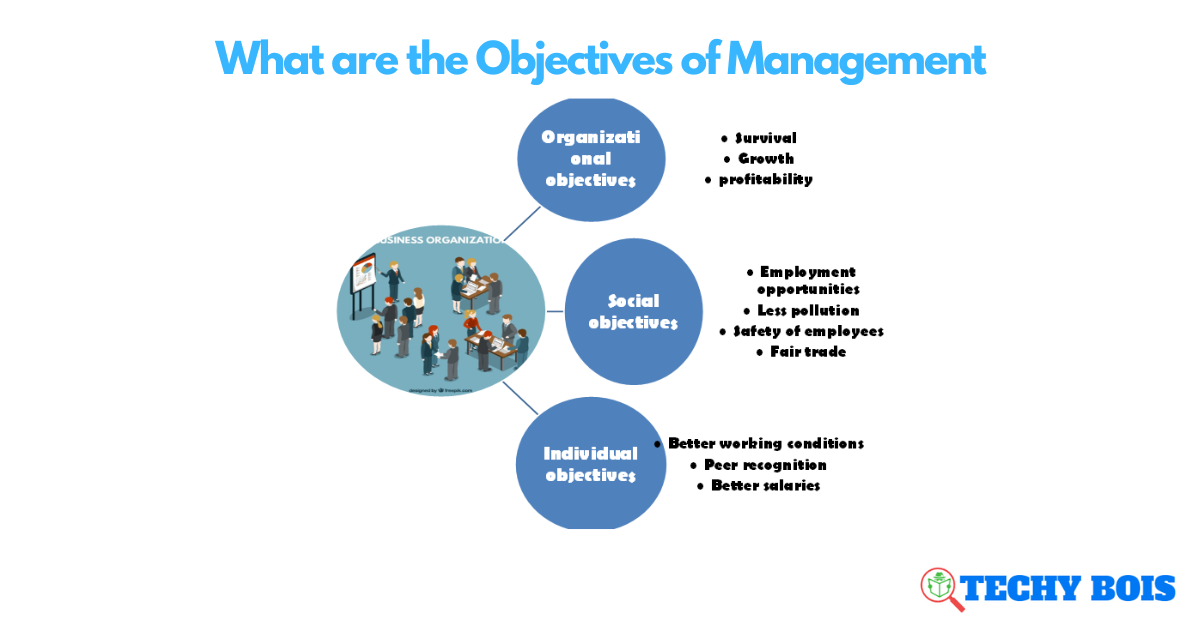what are the objectives of management
Many people are under the impression that a career in management is all about making decisions and working hard. In reality, there are many objectives that managers may strive to achieve. This article will outline some of the most common objectives and provide you with tips on how to achieve them.
To develop and implement strategies that will ensure the success of the organization
Objectives of Management:
1. To secure the financial and operational stability of the organization
2. To create and maintain an effective communication and coordination system within the organization
3. To identify and eliminate organizational weaknesses and improve organizational performance
4. To develop and implement a systems approach to management
To ensure employees are productive and meet company objectives
The objectives of management are to ensure employees are productive and meet company objectives. This can be done by setting clear expectations, providing feedback, and motivating employees. In addition, managers should create a safe and healthy work environment, provide training and development opportunities, and maintain records of employee performance.
To identify and correct problems as they occur
To develop and improve overall organizational effectiveness
To provide leadership and direction to subordinates
To maximize profits and minimize costs\ n
Objectives of management can be summarized in a few key points. First, management is responsible for correcting problems as they occur. This can help prevent serious issues from developing into bigger problems. In addition, it is important for managers to develop and improve overall organizational effectiveness. This will allow the organization to achieve its goals more efficiently and effectively. Finally, it is also essential for managers to provide leadership and direction to subordinates. This will help ensure that the organization progresses in the right direction and achieves its objectives.
To provide leadership and direction for the organization
To create a work environment that is productive, efficient, and enjoyable
To ensure that the organization’s objectives are met
To protect and grow shareholder value
The objectives of management are to protect and grow shareholder value. This means that the managers of a company seek to increase the value of the company’s equity by making wise decisions that benefit the shareholders.
Introducing the Concept of Management Objectives
Management objectives are goals that managers set for their organizations and themselves. They help managers achieve strategic objectives, which are the overarching goals of an organization.
Managers should establish objectives in order to track their progress and measure their successes. Objectives also provide a framework for making decisions and setting priorities.
An effective objective-setting process begins with understanding the company’s mission, vision, and values. Next, identify the specific problems and challenges facing the business. Finally, develop Strategies to Address These Issues (S A I).
When establishing management objectives, it is important to consider how well the objectives will support overall company strategy. For example, a company might have a strategy of increasing market share by targeting a specific demographic. If the objective is to increase customer satisfaction rates, then it would be counterproductive to set an objective that focuses on reducing customer complaints. Objectives should be comprehensive enough to cover all aspects of an organization’s activities but not so broad that they become impossible to monitor or achieve.
Once management establishes objectives, they need to make sure everyone in the organization understands them and agrees with them. This can be done through communication channels such as formal meetings or informal discussions. Managers should also keep track of how well their
Managing People: The Human Element of Management
The objectives of management are to ensure the success of the organization and its employees. Achieving these goals requires understanding human behavior and how to motivate people to do their best work.
Assessing and Measuring Performance: The Art of Evaluation
Objectives of management are to create a profitable organization that meets the needs and expectations of its stakeholders. Evaluation is an important part of achieving these objectives because it allows managers to determine whether their organization is achieving its goals. Evaluation can also provide feedback that helps managers improve their performance.
The objectives of evaluation can be divided into three categories: strategic, tactical, and operational. Strategic evaluation examines the overall purpose or goal of an organization and how well it is being achieved. Tactical evaluation focuses on how an organization is performing in specific areas and whether changes are needed. Operational evaluation looks at how well specific functions are performing and makes recommendations for improvement.
There are many ways to measure performance, and the most appropriate method depends on the objectives of the evaluation. Some common measures include income, expenses, assets, sales, customer satisfaction ratings, employee satisfaction ratings, and safety statistics. Each measure has its own advantages and disadvantages, so managers must carefully choose which one to use for each evaluation.
Evaluation is an important part of managing an organization, but it cannot be done without accurate data. The accuracy of data depends on the quality of measurements used in the evaluation process. Good measurement methods include reliable surveys, performance tracking systems,
Conclusion
The objectives of management are to achieve the organization’s objectives and to manage people and resources in a way that achieves these objectives. To do this, managers must have a clear understanding of their business, its goals, and the employees who will be working to achieve them. They must also have an understanding of their own strengths and weaknesses, as well as those of their team members. Finally, they need to develop plans and strategies that will help them reach their objectives.

